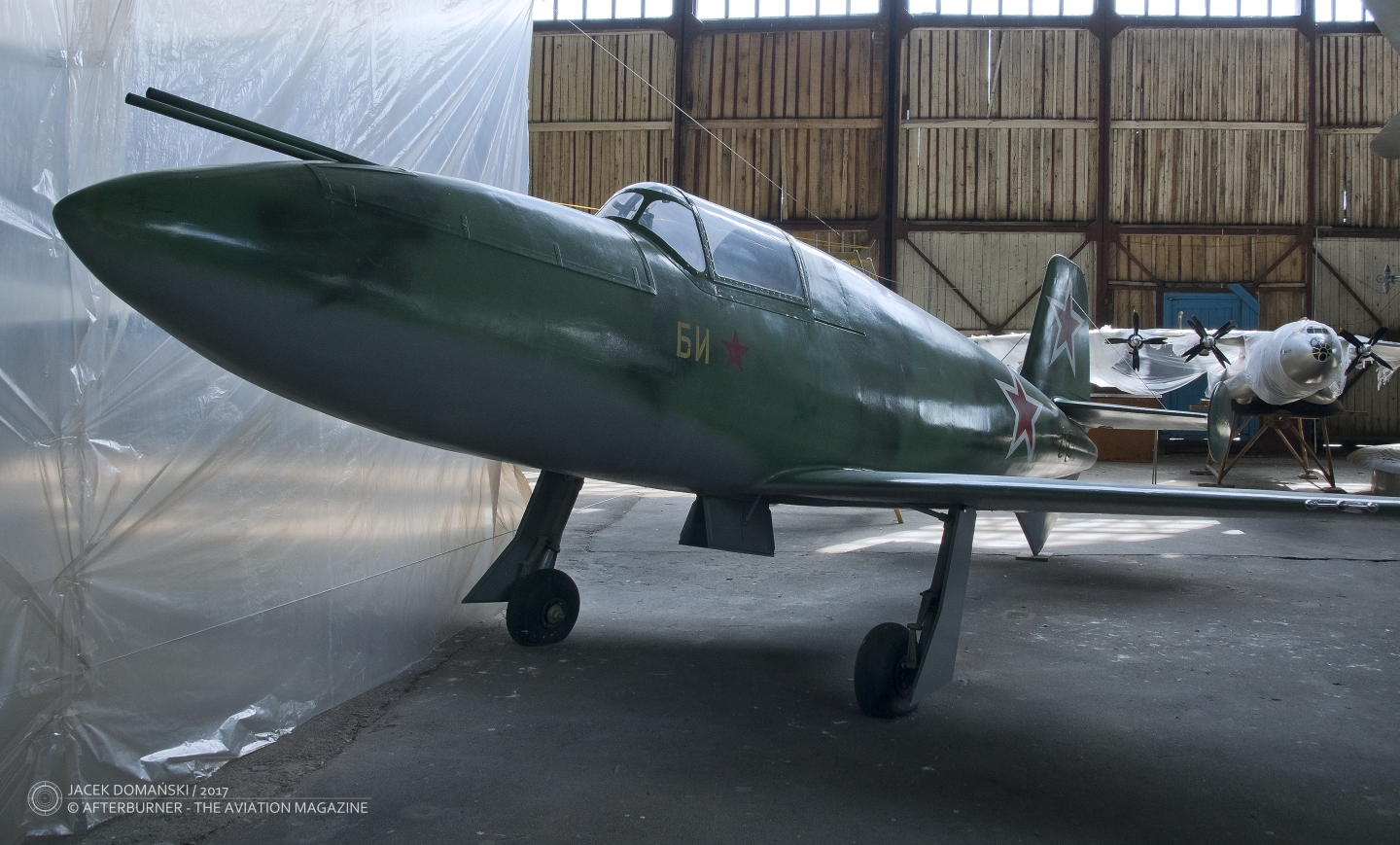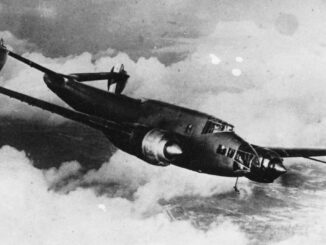 Westland Lysander Mk III (c/n 1185, formerly R9125 – LX-N and JR-M – of the Royal Air Force), on display at the Royal Air Force Museum in Hendon, London, July 2014.
Westland Lysander Mk III (c/n 1185, formerly R9125 – LX-N and JR-M – of the Royal Air Force), on display at the Royal Air Force Museum in Hendon, London, July 2014.
In 1934, the British Air Ministry had opened a competition for a new, two-seat army co-operation aircraft, intended to replace Hawker Audax and Hector biplanes. Detailed requirements for the new aeroplane were issued in specification A.39/34 that was responded by two aircraft manufacturers – Westland (Project P.8) and Bristol (Type 148).
Although both designs were created following the same requirements, the Westland and Bristol aircraft were significantly different from each other. The Type 148 was a classic single-engine, cantilever low-wing monoplane with retractable landing gear. The aeroplane was based on Type 133 and Type 146, two earlier fighter aircraft prototypes, developed by the Bristol company. The main difference in its design, comparing to aforementioned prototypes, was that the Type 148 had bigger cockpit with two seats in tandem configuration, covered with continuous enclosed canopy. In addition, the observer/gunner could move to prone aiming position on the floor to drop bombs the Type 148 was able to carry on external racks.
On the other hand, the Westland P.8 was created following a completely different idea. Its designers, Arthur Davenport and William Edward Willoughby ´Teddy´ Petter spent a lot of time on discussions with pilots and reconnaissance personnel, asking them about the preffered features of the new aeroplane. As a result, they designed the aircraft of – at first glance – quite obsolete appearance.
The P.8 was a high-wing monoplane with fixed conventional landing gear. It had a reverse tapered wing – from certain angles giving the impression of a gull wing – supported by quite bulky struts. The aircraft was equipped with variable incidence horizontal stabilizer, as well as automatic slats and slotted flaps. It gave the P.8 almost incredibly low stalling speed of only 105 kph (65 mph) and noticeable short take-off and landing capability.
The Air Ministry ordered two prototype examples of each aircraft. Both the P.8 and the Type 148 met the specification, however the Westland´s design offered an outstanding visibility due to its high-wing configuration. In addition, more robust construction of the fixed undercarriage of the P.8 was considered by the Air Ministry as more suitable for operations from rough, unpaved airstrips.
In September of 1936, Westland was announced the winner of the competition and the P.8 was approved for serial production. The aeroplane was designated Lysander, following the Royal Air Force tradition to name the army co-operation aircraft after historical or mythical military leaders. In this case, it referred to a Spartan military and political leader, Lysandros (c. 454 BC – 395 BC).
The new aircraft entered service in June of 1938. The first production variant, Lysander Mk I, was initially powered by Bristol Mercury XII radial engine, generating 890 hp. It was soon superseded by Mk II variant, equipped with more powerful Bristol Perseus XII. The new powerplant generated 905 hp and included the latest feature of the British aircraft engines, the sleeve valves.
With the outbreak of the World War II, the Lysanders were used in France and Belgium as light bomber and reconnaissance aircraft. Most of them were lost in combat or left on the continent after the fall of France. The aeroplane was also deployed to the Middle and Far East aviation units of the British armed forces.
Nevertheless, conclusions drawn from the French campaign led to withdraw the Lysanders from any combat duties. It was considered too big and sophisticated for artillery spotting role, its size made it hard to hide when operating from airstrips located close to enemy lines, and, finally, it was too slow for bomber and reconnaissance duties. Therefore, the artillery spotting duties were taken over by small and light aeroplanes, such as Taylorcraft Auster and Piper Cub, while the combat and reconnaissance tasks were assigned to modified fighter aircraft.
However, a new chance for Lysander appeared and the aircraft were yet not retired from active service. In August of 1941, the new squadron was established within the RAF – No. 138 (Special Duties). The unit was focused on clandestine operations in the occupied Europe, performed for the Special Operations Executive (SOE), a secret British organization providing espionage, sabotage and reconnaissance. And the Westland Lysander seemed like purposedly tailored for the SOE operations.
The special duties squadrons operated mostly the Mk III and IIIa variants of the Lysander. Several aircraft received additional equipment, useful for clandestine operations, and were partially or entirely painted in a special matte black camouflage.
The Lysander was also sold for foreign customers, including Canada, Finland, Turkey, Portugal and the United States. After the war, the Lysanders were also operated by Indian and Egyptian air forces.
A total of 1,786 examples of the Westland Lysander was built until 1942, when the production was ceased. The British aircraft were withdrawn from active military duties by the end of 1946. The longest in active service were the Egyptian Lysanders, retired by 1949.
The Westland Lysander represented the common design of reconnaissance and observation aircraft of the late 1930s. At that time, aircraft of comparable role and construction were introduced in many armed forces all around the world. All of them were high-wing aircraft with fixed undercarriage and STOL capabilities – Fieseler Fi 156 Storch, LWS-3 Mewa, Kokusai Ki-76, Meridionali Ro.63 and Ryan YO-51 Dragonfly, to name but a few. However, they also shared the same disadvantages mentioned above. It was the exact reason that class of aircraft quickly disappeared from the skies.
The Lysander R9125, featured within our Photo of the Week series, was manufactured in the mid-1940 and initially served with No. 225 Army Co-operation Squadron RAF. In 1941 it was retired from combat duties and converted into target tug. Then, in the late 1944, the R9125 was transferred to No. 161 (Special Duties) Squadron and modified for clandestine operations. However, it probably did not fly operationally as the Squadron ceased most of its special operations by November of that year. In 1946, the aircraft was retired and donated for exhibition purposes.
Between 1971 and 2016, the R9125 was exhibited with LX-N marking and camouflage of the 225th Squadron. Then, it was decided to perform a complete overhaul of the aircraft and the works took more than six years. The Lysander returned to the RAF Museum in 2022 and now represents JR-M marking of the 161st Squadron, in configuration used for clandestine operations, including 150-gallon additional fuel tank, external ladder on the port side, additional bench seat and special night camouflage.



